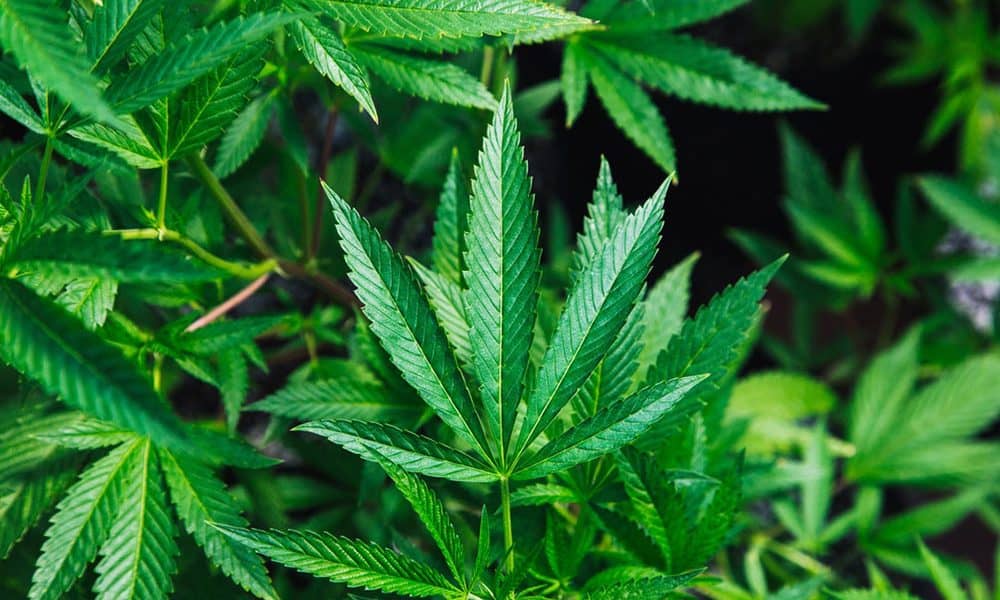You may have heard of friends giving up on their green for the new craze. While 22.2 million Americans have used marijuana in the past month, they decided they needed something stronger.
That’s right. Dabbing is making its way into the mainstream for the pot industry, but what is dabbing? Is it safe? Is it addictive?
Let’s talk about dabbing, the risks involved, and what you can do about it.
What Is Dabbing?
Dabs, hash oil, wax, glue, or whatever you want to call it, has been around since the mid-’90s.
As you may know, dabs are a wax comprised of concentrated THC, the psychoactive chemical found in marijuana.
The process of extracting THC wax can be as simple as using a hair straightener and some wax paper to remove some of the THC from the cannabis plant.
The term for actual “dabs” refers to butane hash oil (BHO). Yes, the butane used in blow torches is used in the extraction process.
Some people have used more effective and different ways of extracting the THC, but no matter how it is done, the potency can be high.
Marijuana can be as high as 20% THC depending on the strain and how it is grown. However, dabs can range between 70-90% THC, making them a lot stronger.
Methods of Use
Dabs can be used in a number of different ways.
Some people who use them will bake them into food or candies and eat them. Edible dabs are fairly popular, as the effects last much longer and they are easier to cook with than marijuana.
Others use dab pens, vaporizers that are made specifically for wax. These will have either an exposed coil that you put the wax on, or it will be a regular vape pen with thinner dab liquid.
The most popular form of dabbing involves a torch and some glass. This can be damaging for your lungs, as the method of doing this involves heating up a “nail” made of glass or quartz with a blowtorch until it is glowing red from heat. Once it is heated up, a piece of the was is placed onto the nail and inhaled.
Types of Addiction
Addiction does not come in one simple form. It can look different for every different user with every different substance. However, we can break the types of addiction down into two different umbrellas.
Physical Addiction
Physical addiction develops after your body adapts to a new substance. People who smoke cigarettes become physically addicted to nicotine because their brain cannot produce the same compound itself, and it grows a dependence for it.
People who are physically addicted to a substance will suffer withdrawal symptoms if they stop using the substance.
Psychological Addiction
Contrary to what you may believe, psychological addictions are the stronger of the two. If you are physically addicted to something and you choose to stop, you have that ability.
However, if you are psychologically addicted to a substance, you need to change your entire mindset about it to stop.
Psychological addictions also make it more difficult to believe that there is no need to quit. Think about it. If you do not feel any withdrawals after stopping for a couple of days, it’s easier to justify to yourself that you aren’t addicted.
On the flip side, if you believe yourself to be addicted and accept it, that can be a hard sell to fix.
People can struggle with both types of addictions simultaneously, or one without the other. However, it is certain that a combination of the two is the most difficult to overcome.
Find out more about the difference between these types of addictions to better understand them.
Is Dabbing Addictive?
In short, yes. People can become psychologically dependent on it with regular use. It can get to the point of believing that you can’t function normally without it.
This can be dangerous for their health, especially if they are using the torch method, but it is dangerous in other ways as well. Regular and consistent dabbing can be destructive financially, socially, or professionally.
For very frequent users, people can actually become physically addicted to dabbing as well. While physical addiction from THC may not be as strong as some other substances, withdrawal symptoms can occur once the user has stopped using the drug for a while.
Withdrawal symptoms can include anxiety, depression, loss of appetite and trouble with sleep.
Many people use marijuana as a sleep aid and they become dependent on it, making insomnia one of the most common symptoms of withdrawal.
What Should You Do?
If somebody is using marijuana or hash oil in a way that is negatively affecting their life, or the lives around them, then it should be treated as an addiction.
If you feel as if you cannot function without the drug, it may be time to quit. Those feelings will not go away with more use of the drug, and physical withdrawal symptoms will only become worse with longer, sustained use.
Even though the popular belief is that marijuana is not addictive, it can be for some. If it is hurting them or their loved ones, then it is just as serious of a problem as it would be with any other substance.
If it is time to address the issue, find out how to do an intervention the right way.
What Else?
Ignore anybody who says that marijuana or dabbing is not dangerous, and find out if you or a loved one are addicted to it.
If you feel as if somebody you love is addicted to dabbing, talk to them about it and intervene if necessary.
Now that we’ve answered the question “What is dabbing?”, determine if treatment is necessary and check out our services.


